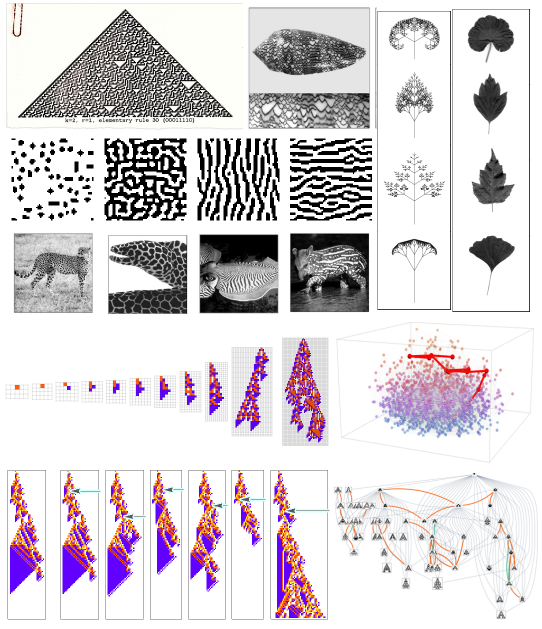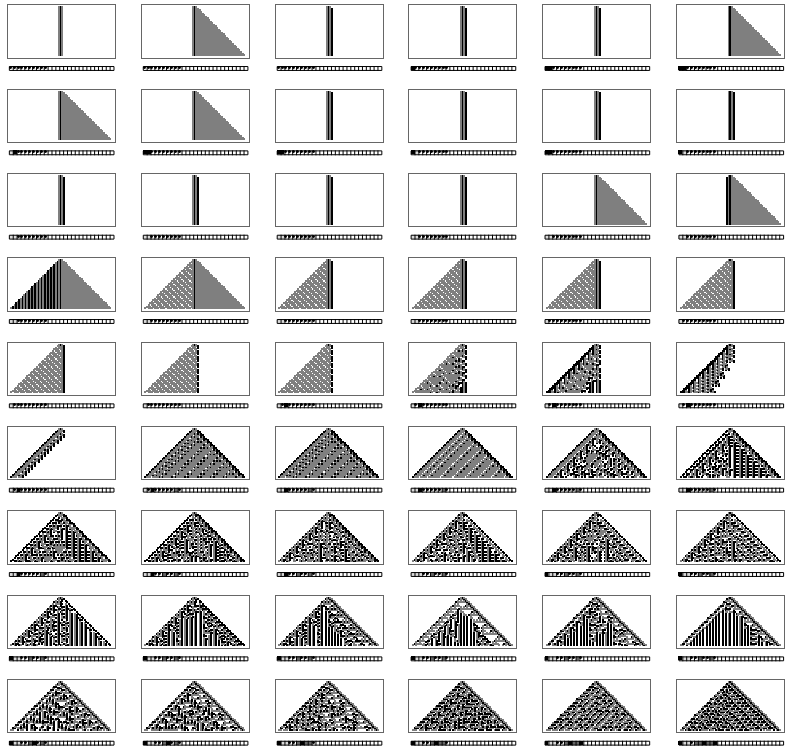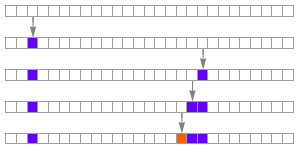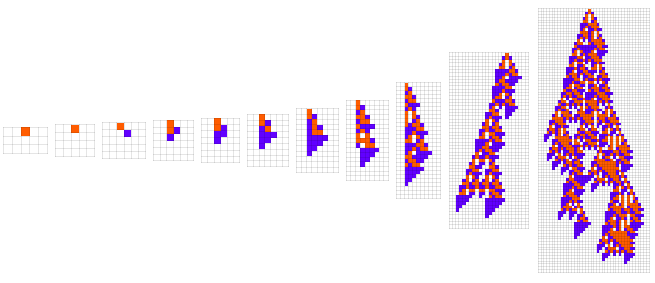
You are using a browser not supported by the Wolfram Cloud
Supported browsers include recent versions of Chrome, Edge, Firefox and Safari.
I understand and wish to continue anyway »



 |  |  |  |  |  |  |  |  |  |
 |  |  |  |  |  |  |  |  |  |
 |
⋮ |
 |
⋮ |


You are using a browser not supported by the Wolfram Cloud
Supported browsers include recent versions of Chrome, Edge, Firefox and Safari.
I understand and wish to continue anyway »